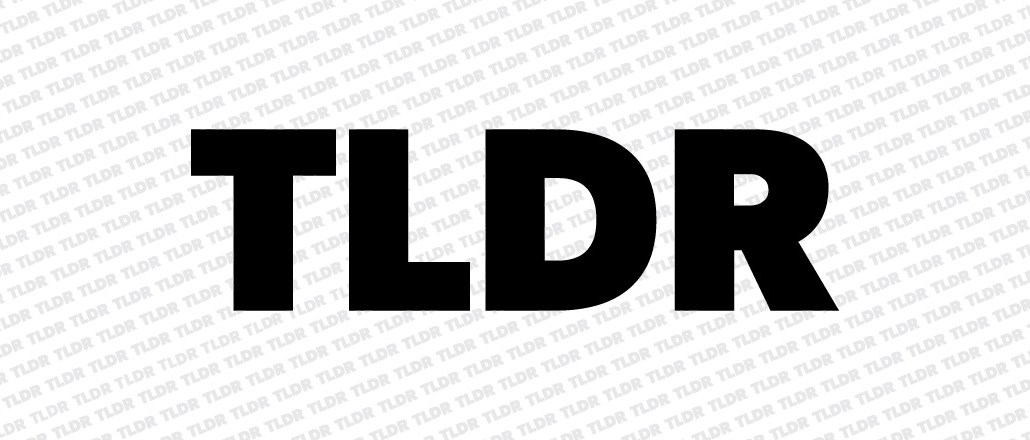
For the past six weeks, Digiday has experimented with a new way for people to get our content.
There’s the regular version of stories, typically clocking in at 500-800 words, and then there’s the 70-to 80-word TLDR version.
The idea is that in a media world rapidly shifting to mobile devices, news content hasn’t done enough to change to fit new behavior patterns. This was a topic that came up in a recent podcast we recorded with Kevin Delaney, president and editor-in-chief of Quartz, who decried the tyranny of the 800-word article, a relic from newspapers.
In order to demystify TLDR — it stands for “too long; didn’t read” — we asked Hannah Yi, our new video producer, to find out if the denizens of New York knew what TLDR stands for. Here’s what we learned.
WTF is TLDR? from Digiday on Vimeo.
More in Media

What publishers are wishing for this holiday season: End AI scraping and determine AI-powered audience value
Publishers want a fair, structured, regulated AI environment and they also want to define what the next decade of audience metrics looks like.

Media giant Essence launches a marketplace for Black women-led brands
Essence has launched WeLoveUs.shop, a new online marketplace dedicated to Black women-led brands.

In Graphic Detail: The state of AI referral traffic in 2025
The stats reveal a new audience pipeline forming outside of traditional search and social platforms.





